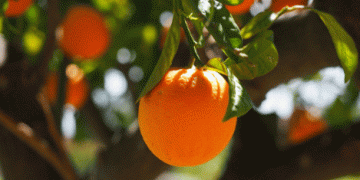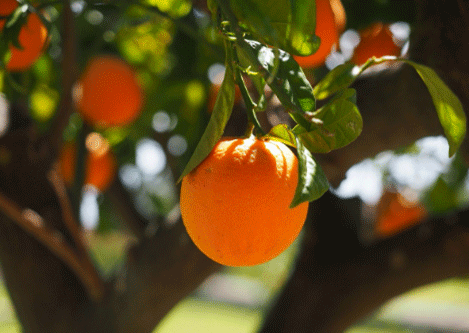The 2024 citrus season in Castellón, Spain, has begun with a unique mix of market dynamics—rising prices for producers but a smaller-than-expected harvest. Agricultural organizations in the region are reporting lower yields, which, coupled with less international competition, has both positive and negative impacts on the local citrus market.
Reduced Harvest but Strong Demand
According to Carles Peris, Secretary General of La Unió Llauradora, the citrus harvest in Castellón has not met the projections of the Ministry of Agriculture. The initial harvest of early varieties, such as the Marisol mandarin, was particularly disappointing. Marisol, which typically sells for €0.40 per kilogram, has seen smaller yields, slowing the pace of the season.
While demand for citrus remains strong, as it has in previous years, the reduced production limits the ability of local growers to meet market needs. The Clemenules variety, one of the most important mandarins in the region, is expected to see a 23% decline in production this year. This drop in supply, combined with delays in fruit ripening due to high temperatures, has made it difficult for producers to fulfill orders, further slowing the progress of the season.
Favorable Market Conditions but Limited Supply
Despite the challenges posed by lower yields, producer prices have risen. For example, the Clemenrubí variety is being sold for €0.70 per kilogram, reflecting the strong demand and reduced supply. The scarcity of imports from outside the European Union, particularly from Southern Hemisphere countries like South Africa, has also contributed to the higher prices.
In September, imports of small citrus fruits from non-EU countries fell by 1.5%, and orange imports decreased by 21%. These reductions would normally drive up demand for locally grown fruit. However, the smaller harvest has tempered the expected positive effect on the local market.
South Africa, which is the EU’s primary supplier of oranges, reduced its shipments to Europe but still managed to increase its market share, filling some of the gaps left by other countries. Meanwhile, other competitors, including Argentina, Peru, Zimbabwe, and Morocco, have also faced challenges, with unfavorable weather conditions reducing their production and exports.
Concerns About Competition from Egypt
While the decline in imports from many Southern Hemisphere countries has provided a temporary reprieve for Castellón growers, there are concerns about increasing competition later in the season. In particular, the local sector is wary of Egypt, which is expected to increase its citrus exports in the second half of the season, as it did last year.
Egypt’s ability to flood the European market with cheaper citrus could distort prices and undermine the competitiveness of Castellón’s producers. This potential influx of Egyptian fruit poses a significant threat to the Valencian citrus industry, which is already struggling to maintain profitability in the face of lower yields and rising production costs.
Weather Impacts on the 2024 Season
High temperatures have played a crucial role in shaping the current citrus season. Not only have they delayed fruit ripening, but they have also impacted the overall quality and quantity of the harvest. This trend of unpredictable weather patterns is becoming increasingly common, and it significantly affects production in both the Northern and Southern Hemispheres.
The reduced production levels in South Africa and other citrus-producing regions of the world are largely the result of weather-related disruptions. These issues, combined with the ongoing challenges of climate change, make it difficult for global citrus markets to maintain stability. As such, Castellón’s citrus growers must contend with both local and global environmental factors that are out of their control.
The citrus season in Castellón is unfolding under challenging conditions. While producer prices are benefiting from reduced international competition, the smaller-than-expected harvest is limiting the potential gains for local farmers. The high demand for citrus, coupled with lower yields, has created a favorable pricing environment, but concerns about increasing competition from Egypt and ongoing weather uncertainties loom large.
Looking ahead, the region’s citrus growers will need to carefully navigate the remainder of the season, balancing the opportunities presented by strong demand and favorable pricing with the risks posed by supply shortages and external competition. The outcome of these dynamics will shape not only the current season but also the long-term viability of citrus production in Castellón and the broader Valencian Community.































